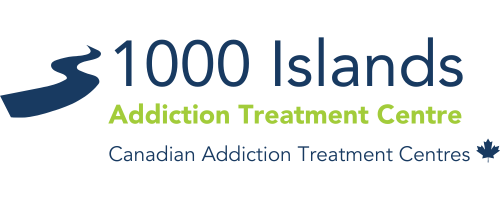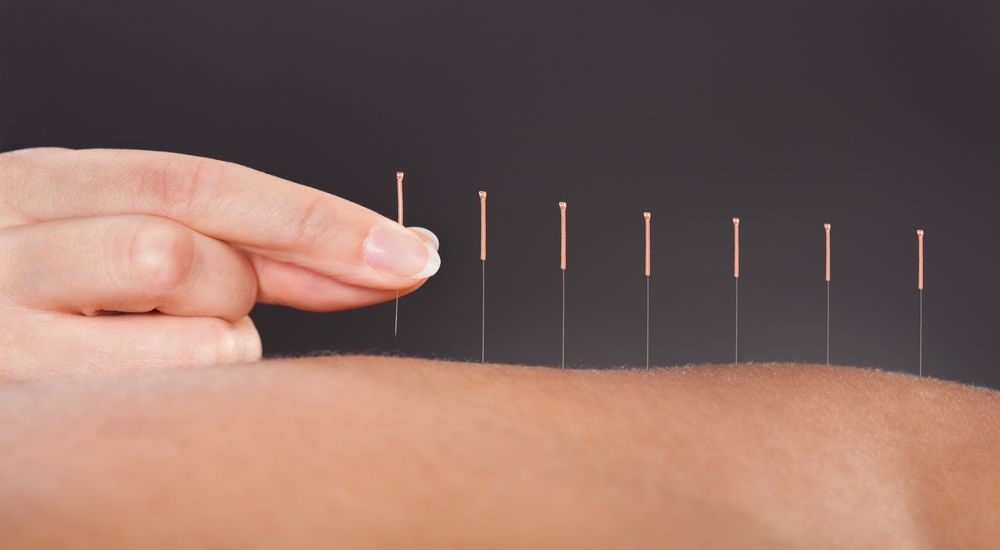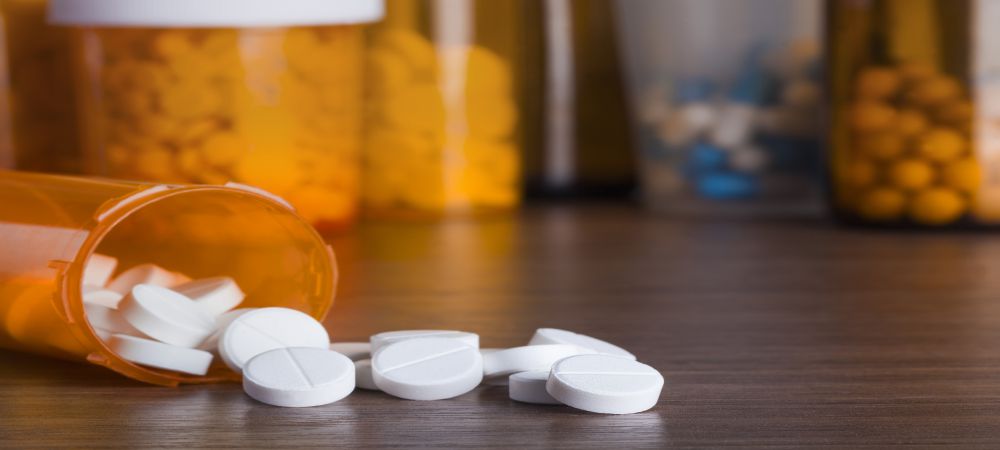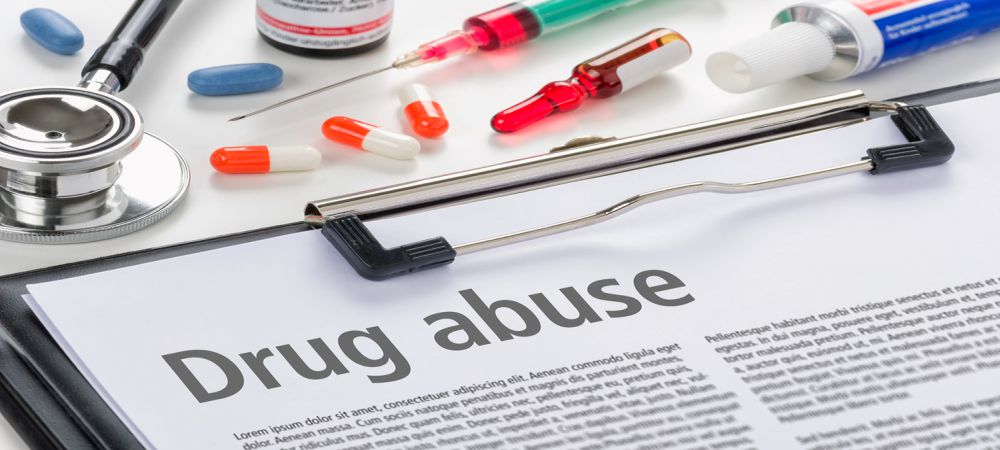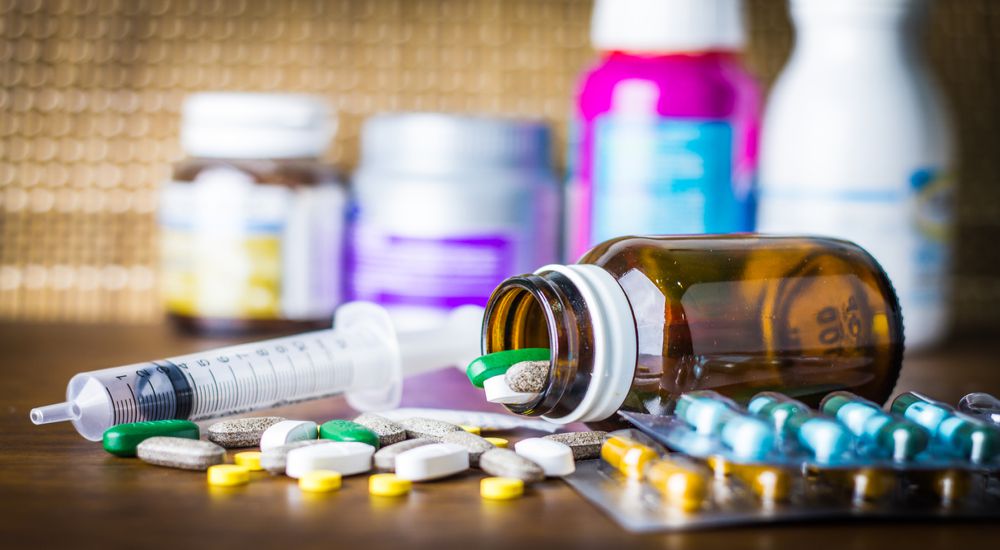
Tips to Help You Prevent a Prescription Drug Addiction
Are you a patient suffering from prescription drug addiction? Or you have someone showing symptoms of severe prescription drug addiction? Well, several tips can help prevent prescription drug addiction, and we’re ready to help you discover all of them.
In general, prescription drug addiction can happen to anybody, from teenagers to older adults. Furthermore, it comes with a number of negative side effects. In some cases, your psychological well being, career, relationships, and finances may hit rock-bottom.
There are many reasons that can cause prescription drug addiction. Some individuals misuse prescription drugs to cover up emotional issues. As such, the major health conclusion is that you aren’t aware of how to deal with your psychological and emotional issues. Thus, you tend to keep living with these drugs.
As a patient under medication for any diseases, illness or infection, getting a drug prescription is normal. However, several stories show that patients can experience addiction to these drugs. For instance, a patient undergoing body pain treatment can experience addiction to painkillers.
Naturally, humans tend to believe what works for illness A may work for illness B that is somewhat similar. However, the reverse is the case, as this may lead to prescription drug addiction.
Prescription drug addiction is a ravaging issue in nearly every race, socio-economic demographic, and community in Canada. Notably, its effect comes with no limitations whatsoever, and it’s hitting every corner of Canada.
At Addictions CA, we believe no addiction is incurable, and as such, we’re ready to support you in this journey. The first step is to understand what is prescription drug addiction and how to prevent prescription drug addiction. This will equip you with the proper knowledge of prescription drug abuse, its symptoms, side effects and treatments.
As such, this article will discuss the tips on how to prevent prescription drug addiction, signs, and effects of prescription drug addiction. Before that, let’s take a look at what prescription drug addiction is.
Prescription Drug Addiction: What is it?
Generally, prescription drug abuse refers to the improper usage of medications in an unintended manner. Prescription medication abuse or problematic use incorporates everything from the abuse of drug prescriptions to habitual usage. Right from injecting or snorting ground-up pills to treating a backache with your friends or using your partner’s prescription painkiller, it all falls under an addiction.
Regardless of the adverse effects, drug abuse can still become compulsive and ongoing. A ravaging problem about prescription drug addiction is that it can affect all ages, including teens. In general, stimulants, sedatives, anti-anxiety medications or opioid painkillers are some of the most abused prescription drugs.
Fortunately, early recognition of abuse symptoms and swift intervention can help prevent prescription drug addiction. Typically, this type of addiction involves people developing a total dependence on prescription drugs.
Often, individuals tend to misuse drugs once the drug proves useful. Most people misuse it by taking higher doses than recommended to achieve a more significant result. Usually, this is contrary to the doctor’s prescription. Increasing dosages or continuously taking the same medication over a long period usually cause tolerance. Also, it neutralizes the substance’s presence in your system.
Additionally, tolerance usually reduces the effects of the drug. It also minimizes the delirious feeling from a lower dose. As a result, you’ll end up needing a larger quantity to attain the same high. In several cases, misusing prescription drugs usually happens due to a spontaneous pursuit of the delirious feeling some medications provide to people.
The moment your body builds a tolerance, resisting the urge to take the drug will become more difficult. Furthermore, drug dependence often happens when your central nervous system becomes accustomed to the drug. Increasing the drug dosage as well can influence drug dependency over time.
Related article: Why do People Get Addicted to Prescription Drugs
Prescription Drug Addiction: What are the Common Types?
At our facility, we can treat different types of prescription drug addictions. However, it’s essential to fully understand that the types often determine the symptoms you may exhibit. As such, each type can also affect individuals in distinct ways.
Generally, it is possible to misuse any prescription drug. However, the effects and properties of certain medications increase the possibility of misusing it.
Here are the three most common types of prescription drug addiction:
The Stimulants
Stimulant drugs are generic medications that influence an individual’s energy and alertness. Basically, these drugs are often useful in treating fatigue, ADHD, tiredness, and depression. These types of medications include Ritalin, Dexedrine, Concerta, and Adderall.
Typically most prescription drugs within this category can result in euphoria, thus causing you to increase the dosage. Ultimately, stimulants often raise your heart rate and blood pressure upon consumption. As such, you are consuming excessive amounts of stimulants that can lead to heart failure or irregular heartbeat.
Also, these prescription drugs come with several side effects during withdrawal. Examples of such adverse effects include depression, irregular sleep patterns, inability to sleep, fatigue, etc.
The CNS Depressants
CNS depressants usually slow down the brain’s functionality. It can also affect individuals by producing a drowsy or calm feeling. CNS depressants are commonly known as tranquillizers or sedatives.
Generally, these depressants are usually applicable in treating panic attacks, anxiety disorders, and other related issues. The major components include benzodiazepines and barbiturates like Xanax, Librium, and Valium.
Furthermore, unnecessary or excessive use of this type of prescription drugs can result in addiction or total dependency. If an individual uses less medication or stops abruptly to justify benzodiazepine withdrawal, it may result in seizures. In worse case scenarios, this type of seizure can result in death.
The Opioids
Generally, opioids are a specific class of prescription drugs known by several other names. Examples are Codeine, Morphine, OxyContin, Percocet, Percodan, Vicodin, and morphine. In general, these drugs are prescriptions to help boost psychological management during treatment by removing the brain’s sense of pain.
This is typical because the drugs possess pain relief capabilities. Also, these drugs boost the body’s natural release of dopamine. Thanks to these euphoric feelings, it is easy for most people to develop an addiction to this prescription drug.
Typically, these medications are safe as it is in their prescription. However, they can become disastrous when used in excess or in high doses. Also, consuming a large quantity of these drugs can result in death or respiratory failure. To cap it off, the danger these opioids pose become even more significant when used with alcohol or other substances.
Tips to Prevent Prescription Drug Addiction
There are several tips to prevent prescription drug addiction. However, below are the most effective ones to incorporate into your daily routine:
If You Can, Get an Alternative
Several health conditions have prescription drug options with a somewhat lower risk for addiction development. For instance, there are non-stimulant alternatives for the treatment of ADHD. Generally, ADHD-specific non-stimulants, like Kapvay (clonidine ER), Strattera (atomoxetine), and others, are particularly formulated to treat disorders.
Seemingly, certain blood pressure medications can also help some people control ADHD. This is because many of these have the same active ingredient as the aforementioned ADHD-specific non-stimulants. Some antidepressants, including bupropion (Wellbutrin), nortriptyline (Aventyl), and desipramine (Norpramin), are effective in managing ADHD by helping to alter the balance of chemicals in the brain. They’re also helpful for people who have ADHD and comorbid depression, anxiety or another mood disorder.
Are you looking for CNS (central nervous system) drug alternatives, such as sleep or anxiety disorders? Try out chamomile tea. You can aim for one to three grams of Omega-3s every day.
Basically, the first step to preventing addiction to prescription drugs is to try non-addictive alternatives. Only use addictive drugs as a last resort.
How About Massage for Muscle Pain?
Most patients live with pain, hoping to get a day or two off to visit the doctor for a painkiller prescription. However, if you are looking to prevent prescription drug addiction, you can turn to a massage today. In 2008, the American Massage Therapy Association made it clear that about 21% of adults in the US got at least one massage in the previous year.
Whereas approximately 25% now relied on massage therapy sessions to relieve physical and internal pain symptoms at least once in a lifetime. As one of the world’s oldest pain relief practices, a massage helps promote serotonin productions. This serotonin serves as one of the system’s anti-pain hormones, thus alleviating pain from your body.
Also, massaging can improve the amount of deep restorative sleep you attain. This can help you decrease pain immensely. These benefits may be enough to reduce your need for prescription opioids.
Cognitive Behavioural Therapy
So far, the behavioural approach is one of the best tips for preventing prescription drug addiction. These therapies have been very effective in helping patients of different drugs and conditions respond to withdrawal. Naturally, patients may find it very hard to comply with the treatment processes. However, support from family and friends will help you scale through without difficulties.
As a part of prescription drug addiction treatment, the idea behind behavioural therapy is to help you manage your body’s feelings and thoughts. If you can successfully learn this, you can easily control how your body responds to external forces or pain. Overall, one significant aspect of a successful cognitive behavioural therapy scheme is to provide pain relief for individuals.
Other aspects of a successful CBT scheme includes:
- Encouraging active behaviour towards solving problems
- Applying CBT skills outside treatment sessions to ensure the perfection of the skills.
- Nurturing life skills, such as coping or survival mechanisms.
- It provides you with the right confidence booster to keep up with work stress and social life.
Try Acupuncture
In general, acupuncture is a seemingly popular method of treating physical pain. Typically, it is a recommendable sports treatment plan alongside massage. Once you complete some specific physical examination screening for starters, the acupuncturist will recommend a treatment for you.
After that, you will lie on a table while the acupuncturist places some precise needles gently on the affected spots. The needles will remain there for about 20 to 30 minutes for accurate results.
Naturally, individuals react to treatment differently. So, some people may describe the process as relaxing while others may feel it’s not.
Ultimately, acupuncture has proven to be effective in alleviating several conditions, such as:
- Acute bacilliary,
- Allergic rhinitis,
- Leukopenia,
- Hypotension and hypertension,
- Morning sickness,
- Fetus malposition correction, etc.
However, acupuncture is not for every individual. For some specific patients, the process may be too risky. This includes patients with pacemakers or those with a high risk of developing skin infections, or pregnant women.
Replace Painkillers with Yoga
Yoga is a system of meditation routines that help to orchestrate human mindfulness with the divine consciousness. Also, Yoga is an art as well as science. It is a science because it offers practical techniques for controlling the body and mind, thereby making extensive meditation possible. It is an art, for unless it is practised spontaneously and delicately, it will yield only partial results.
To many, it may seem as if Yoga is just about putting yourself in a particular position. However, there’s more to it than meets the eye. Yoga is effective in controlling your mind and connecting your body and soul. Yoga does not only help with addiction but also helps in maintaining your state of mind.
Consider Whether or Not You Need Medications
Generally, it’s better to heal naturally sometimes rather than having to use drugs every time. To avoid resistance to a particular medication, be sure you do need the drug before taking it.
Always take your medication according to your prescription. It’s essential you ask yourself some questions before pushing for a refill:
- Are my symptoms getting worse to disturb my functioning?
- When and how do my symptoms happen?
- Do these symptoms have any traceable triggers?
- Is there a way I can alleviate these symptoms by changing my routine lifestyles?
Ultimately, some prescription drug classes are not ideal for long-term usage. This is because of their possible addictive potentials.
For instance, your doctor may prescribe a benzodiazepine such as Valium (diazepam) or Xanax (alprazolam). However, these drugs contain strong sedative properties that are often meant for short-term usage. These are some of the reasons why you should be sure before refilling your medications.
How to Recognize Prescription Drug Addiction
Prescription drug addiction is simply the use of prescribed medications in a way that doesn’t follow the doctor’s prescription. In several cases, this type of substance misuse becomes static and compulsive. This can prolong for a long time despite the negative effect on your psychological and physical wellbeing.
Naturally, the symptoms of prescription drug abuse vary by the kind of prescription drug in question. For an individual who abuses pain relievers (prescription opioids), they will have no feelings for pain on an average level. Such people may complain of nausea or even look for constipation remedies.
However, breathing may become slow unnaturally if an abuser nods off from prescription drug usage. Also, someone who uses pain relievers regularly even when nothing seems wrong may experience a nasty fall out during withdrawal. Examples are chills for days, vomiting, diarrhea, bone and muscle pain, etc.
Besides, an individual abusing benzodiazepine is typically using sleeplessness and anxiety treatment drugs. Alprazolam (Xanax), Lorazepam (Ativan), Triazolam (Halcyon), and Diazepam (Valium) all fall into this category. These drugs are very addictive and pose a considerable threat to withdraw from without medical support.
Here are some of the common symptoms of prescription drug abuse:
The Psychological Deterioration
In general, some substances provoke stronger psychological reactions than others. Examples are cocaine, somewhat affecting the production of dopamine in the brain during withdrawal and usage.
With prescription drug abuse, one symptom is to look out for is the decline of your mental health. Additionally, this may manifest as you becoming seemingly unconcerned or despondent. Furthermore, you may appear to be aggressive or irritated with everything.
The Legal Problems
Addiction frequently takes over in an individual’s life, slowly moving up their priority list despite its negative impact. An individual suffering from addiction to hostile prescription drugs may resort to crime and illegal activities. An example is someone who purchases Xanax illegally, thus leading to police and law enforcement issues.
The Physical Deterioration
Naturally, it’s normal to see individuals suffering from addiction increase their neglect of themselves steadily. Notably, this often happens once the significance of taking substantial prescription medication increases. As such, the abuse of drugs like prescription opioids may result in sudden and significant loss of weight.
Treatment for Prescription Drug Abuse
Generally, it’s essential that you avoid entirely prescription drug usage or abuse once you begin your treatment. This is because going through the process half-heartedly may result in partial or total relapse.
Firstly, we will want to understand your addiction fully. This includes your life outside the drug, when and why you take the prescription drugs, and other relevant information. We will then assess your drug history and evaluate your physical and psychological well-being. This way, we will be able to know if there are other underlying issues that need attention.
Below are a few options for prescription drug addiction treatment in Canada:
- Going through therapy,
- Going through medication to help with
- Attending self-help groups,
- Developing prescription medication alternatives such as Yoga, Cognitive Behavioural Therapy, etc.
Conclusion
Generally, there are several tips to prevent prescription drug addiction. Sometimes, even with these tips, it may be difficult to prevent the abuse of prescription drugs.
Prescription drug addiction can be challenging to experience, just like any other addiction. You may find it difficult to admit that you have a problem. You see, most people who abuse prescription drugs never complain of an addiction.
However, once you recognize the signs of prescription drug addiction, it’s better to seek help immediately. Defeating the embarrassment or shame that you feel because of addiction is a significant step towards recovery.
Also, a therapy session, being with loved ones, one-on-one counselling, or a self-help group, can help you overcome addiction. Be aware that failure to treat prescription drug addiction may result in further life-threatening problems.
Call 1000 Islands Addiction Rehab & Treatment Centre for addiction treatment programs.
Related article: What Are The Signs Of Prescription Drug Addiction?
